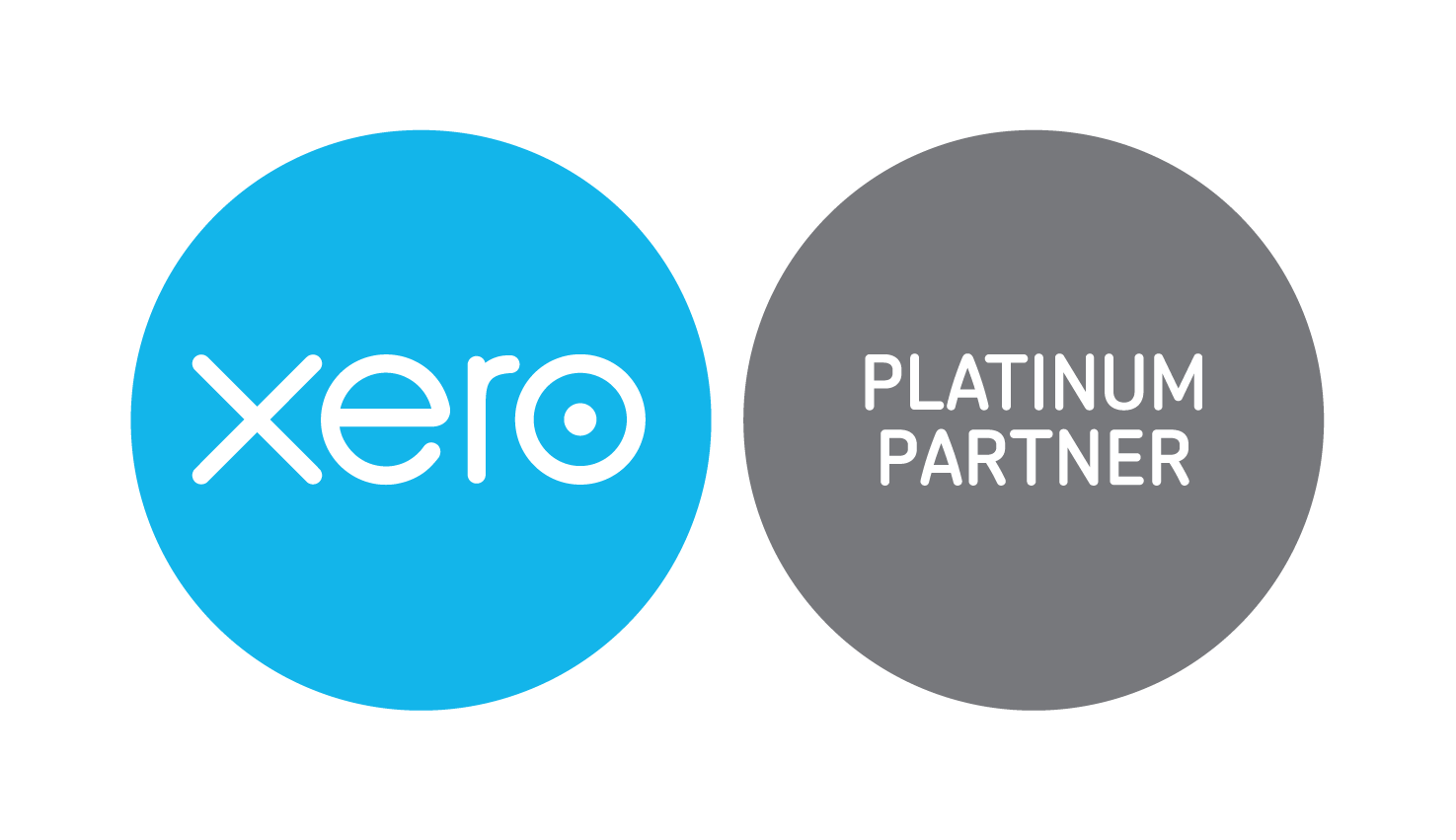Buying property is a big decision and it usually comes with a lot of stress. Reading through agreements while trying to understand acronyms, like LVR and FHSSS, just makes it that much more stressful. Whether it’s a family home or to be used as an investment property you don’t want to waste time searching for acronym definitions and debating meanings.
As property accountants, the creditte team have compiled a comprehensive list of acronyms that you are likely to encounter when buying a property, and we’ll break down the significance of each one for you.
Acronym list overview
LVR: Loan-to-value ratio
LMI: Lenders mortgage insurance
FHOG: First home owners grant
FHLDS: First home loan deposit scheme
FHSSS: First home super saver scheme
PPOR: Principal place of residence
DTI: Debt-to-income ratio
DSR: Debt service ratio
AAPR: Average annual percentage rate
P&I: Principal and interest
IO: Interest-only
LOWDOC: Low doc loans
RBA: Reserve bank of Australia
These are all common acronyms related to buying property. Let’s dive into each one to understand what they actually mean.
LVR: loan-to-value ratio
The loan-to-value ratio (LVR) is used by the lender to measure the ratio of the value of the loan against the value of the asset being purchased. In property and real estate, the LVR is used by banks, financial institutions and other lenders to offset the value of the property against the loan. A high LVR means a high-risk investment which may equate to a higher interest rate on borrowed funds.
LMI: lenders mortgage insurance
Lenders mortgage insurance (LMI) refers to the insurance that a lender takes out to insure against any risk of being unable to recover any outstanding loan balance should the borrower be unable to make payments, or if a property is sold for less than the loan value.
FHOG: first home owners grant
The First Home Owners Grant (FHOG) is a government-funded grant issued to first time home buyers to offset the effects of goods and services tax (GST) on home ownership. It was set in place on 1 July 2000. The grant is applicable for those who are buying property or building their first home and entitles them to $10,000 that can be used towards this new home.
FHLDS: first home loan deposit scheme
The First Home Loan Deposit Scheme (FHLDS) is a federal government initiative that enables first time home buyers to get into the real estate market even quicker. The FHLDS shortens the time that first-time home buyers have to save towards a deposit when purchasing a home. This is done by allowing eligible first time home buyers to purchase a property with only a 5% deposit as opposed to the general 20% deposit.
FHSSS: first home super saver scheme
First Home Super Saver Scheme (FHSSS) is a scheme that allows Australians to use their super to build up savings when they are looking to purchase their first home. You are allowed to build a deposit inside your superannuation fund, thereby benefiting from the concessional tax treatment on super.
PPOR: principal place of residence
While not directly related to buying property, this is still an important acronym in real estate. A person’s principal place of residence (PPOR) refers to their true and fixed home. It is a permanent residence, and it is considered the place to which they will return, even after they have left it temporarily. This is the place they will return to after work, after vacation, and even after temporarily relocating.
DTI: Debt-to-income ratio
Your debt-to-income ratio (DTI) is, as the ratio suggests, a measure of your total debt against your gross income. This percentage indicates your ability to pay off your monthly debt and is therefore an indicator of your borrowing risk.
DSR: debt service ratio
Debt Service Ratio (DSR) is the ratio of after tax net income that is available compared to debt servicing for interest, and principal and lease payments. The DSR is a common measurement used by banks to assess a person or business’s ability to afford the loan repayments.
AAPR: average annual percentage rate
The average annual percentage rate (AAPR) sums up all the costs involved in a loan over its lifetime and divides it by that lifetime to give you a real monthly cost. When you buy a property there are often additional fees that are not obvious but must be added into the total finance cost. These are charges like account fees, interest rates, documentation fees, settlement fees, etc.
P&I: principal and interest
The principal refers to the amount you have loaned from a bank, a financial institute, or from any other lender. The interest refers to the cost of borrowing the principal amount.
IO: interest-only
An interest-only loan refers to a loan where the borrower only pays towards the interest value of a loan for some or all of the loan term, and the principal loan remains unchanged and is paid for in a lump sum.
LOWDOC: low doc loans
Low doc loans refer to loans that have minimal documentation. These are usually offered to borrowers who have a good credit score and consistent income but may not have bank statements and asset documents that are usually required for a traditional loan to buy property.
RBA: reserve bank of Australia
The Reserve Bank of Australia (RBA) is the central bank of our country, and it plays a key role in the contribution to the Australian currency, economic prosperity, and the welfare of the Australian people.
DNA: property runs in our dna
We support a large number of property clients, from real estate agencies to individuals and businesses that are buying property, seeking advice on capital gains and other property taxes, or need strategic support with their investment property portfolio.
Now that you have a better understanding of some of the key acronyms, feel free to reach out to us to discuss your property queries.





